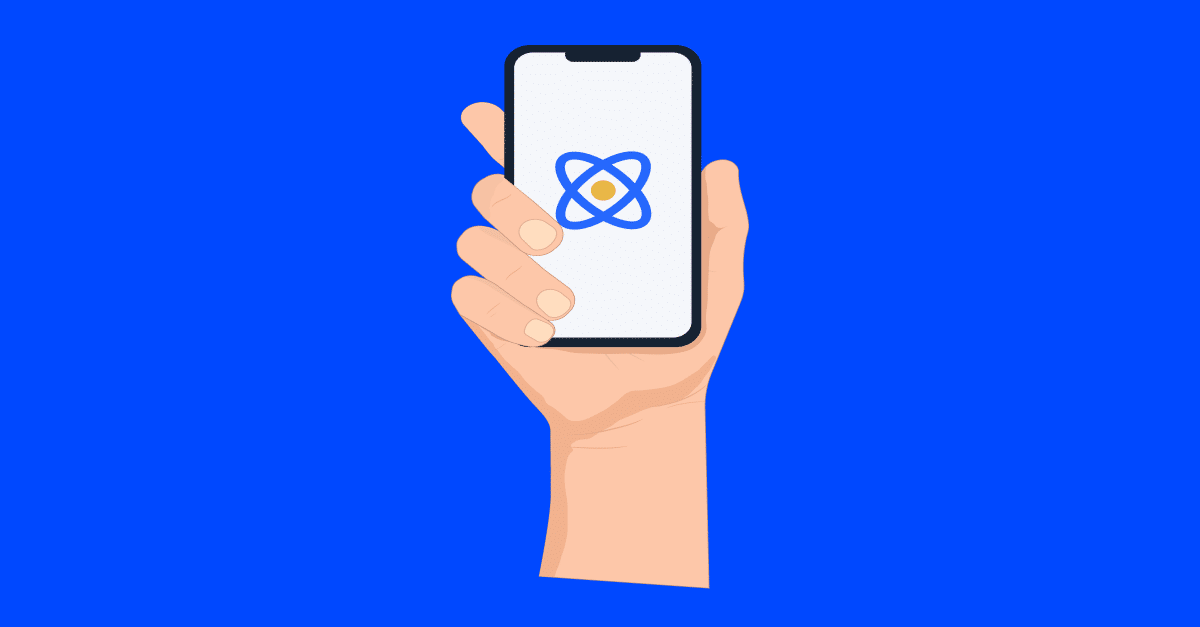By Michael Rivera, PhD
Many more organizations are realizing the importance of connected environments. And using the Internet of Things (IoT) to drive digital transformation is the way forward.
But digital transformation means different things to different businesses. Although the popular notion is geared towards improving customer experience, digital transformation also impacts other business operations.
IoT-enabled technologies can hasten manufacturing time, improve product design, enhance employee safety, and provide predictive machine maintenance.
As you prepare to launch an IoT-led digital transformation, it’s important to understand that this isn’t about what’s trendy.
Or you are just adopting new technology.
IoT is a wave of technological innovation that will connect every phone, sensor, application, and system on a more granular level.
It involves your business model, user experience, and overall security.
Business leaders already know the potential benefits of AI and IoT-driven digital transformation. Now it’s about devising the right approach. There’ll be so much data and insights at your fingertips. But where do you want to capture the value?
Here are four questions to help you out.
Goal and Roadmap – What Is Your Objective?
There is no one solution for all business process developments. The best strategy to transform your workflows is to establish the objectives you want to achieve and then tailor the transformation to meet them.
Your goal will help you determine the business and technical value chain components that need to be IoT-enabled.
Brownfield or Greenfield – Where Will You Start?
It’s important to know whether there are existing IoT technology investments that you can reuse (brownfield). Or you want to set up new assets that need to be IoT-enabled from scratch (greenfield).
There would be different goals and approaches for different scenarios. Decide which procedures, devices, users, locations, or product categories will most benefit from IoT. Starting small is great because you get the ROI before committing to larger IoT-driven projects.
IoT Ecosystem – To Build, Buy, or Partner?
Finding a single vendor who can handle all the many capabilities needed to create the IoT ecosystem is tricky. To generate the products and services you require, you must first identify the platform, set up an integration strategy, assemble a group of partners, and build connectivity to various networks.
Security and Privacy – What Is Your Security and Data Protection Plan?
It’s essential to consider the privacy and security requirements of your IoT devices and environments. This becomes even more crucial as you scale up. You must consider compliance requirements, data storage, security, and privacy.
Are You Stumped?
Not all business leaders have the answers from the onset, especially considering IoT remains fragmented. For most organizations, IoT-driven digital transformation is uncharted ground. At Thinaer, we have helped enterprises navigate their data transformation journey to deliver AI-backed operational insights that help them capture value at scale. Contact our team of PhDs, data scientists, and technologists today.

